In an era of Rs 400-crore hits, here’s a flashback to the first Hindi film to make a crore, and other financial milestones that have been reached in the world of Hindi cinema
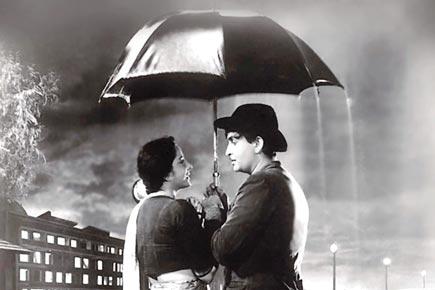
A few weeks ago, the unthinkable happened. A Salman Khan film failed to hit the coveted Rs 100 crore mark in its first week of release. This was a rarity for the Bhai of Bollywood, who has delivered back-to-back super hits since 2010. Yet, Salman is unlikely to be affected by the film’s flat performance. If trade experts are to be believed, Khan made his R100 crore even before Jai Ho hit screens.
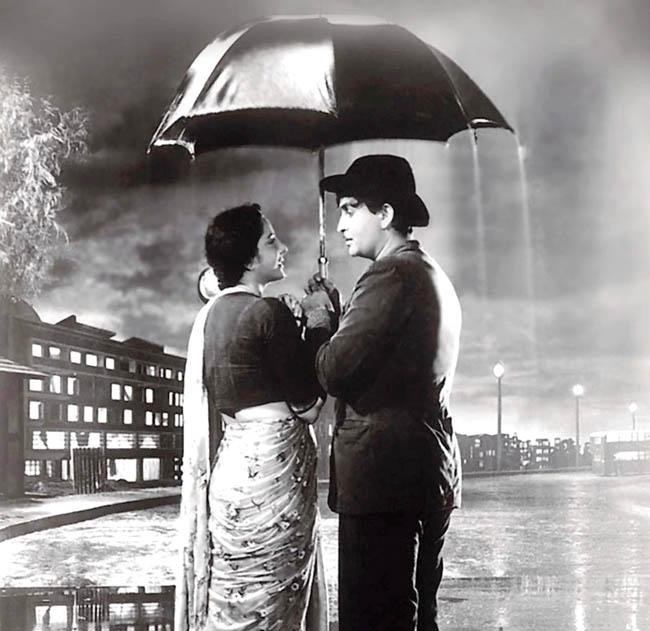
The 1955 Raj Kapoor-Nargis starrer, Shri 420, made over Rs 2 crore
Says trade analyst Komal Nahata, “The film, budgeted at about Rs 75 crore, including print and publicity costs, and was sold to Eros International for Rs 120 crore. Its broadcasting rights were about Rs 55 crore and music around Rs 13 crore. So, the film had made Rs 113 crore even before release. This isn’t too bad a start for a film.”
The current era though is a far cry from the times when films depended solely upon crowds filling up single screen theatres across India. There were no elusive ‘100-crore’ clubs.
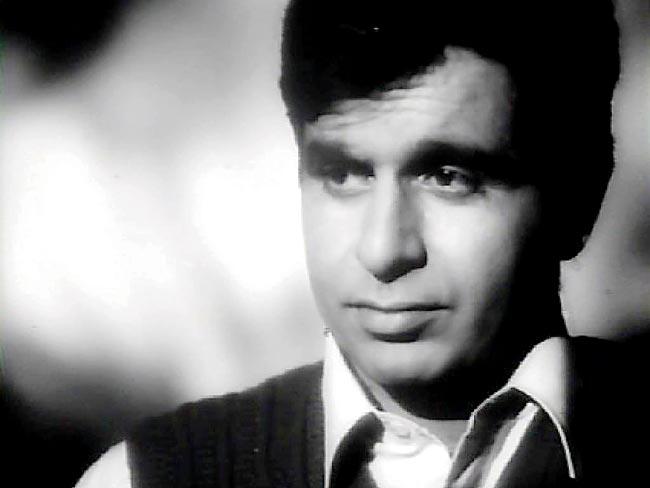
In the 1950s, Dilip Kumar was the first actor to charge Rs 1 lakh per film
First one crore movie
One of the first films the masses showered with love and money was Lanka Dahan (1917), a mythological silent film by Dadasaheb Phalke. Veteran film historian Amrit Gangar says coins from ticket counters were apparently collected in gunny bags and transported on bullock carts to the producer’s office. “Lanka Dahan was a silent film, but people went crazy about it. There were long queues at Majestic cinema in Bombay where people would fight for tickets and toss coins at the ticket counter because the film was mostly houseful.” However, it was in 1943, that Kismet, directed by Gyan Mukherjee, became the first film to reach the coveted box office milestone of Rs 1 crore. Who would have thought that the journey of the crore in Indian films would begin with a movie made for under Rs 2 lakh? It was a time when India was in the throes of patriotic fervour. The Quit India movement had just been launched. Kismet, a crime thriller with patriotic sentiments, tapped into this feeling.
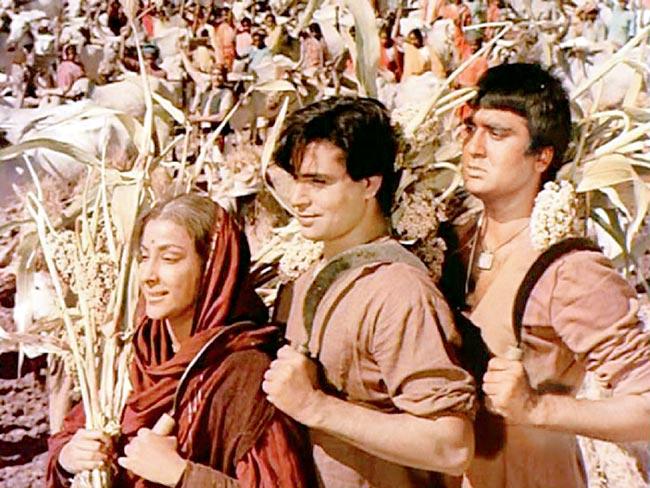
Mother India, the first Indian film to be nominated at the Oscars (in 1958), made approximately Rs 4 crore and ran for over a year at Liberty theatre in Bombay
In the lead role was Ashok Kumar, playing a Robin Hood-like character who doesn’t mind breaking the law for the greater good. Says film scholar and archivist PK Nair, “Ashok Kumar was a superstar and people loved his part as a pickpocket who dodged the system to help the public.” Kismet was produced by Bombay Talkies. “It ran in Calcutta’s Roxy theatre for almost three years. It was by all estimates the first film to make a crore. It was released in undivided India, so the crowd was bigger,” adds Nair.
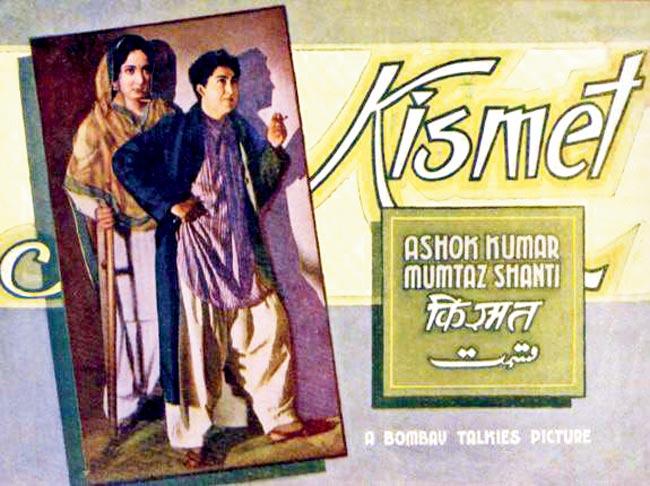
The 1943 film Kismet, directed by Gyan Mukherjee, is believed to be the first film to earn Rs 1 crore
The song ‘Door hato ae duniyawalon, Hindustan humara hai’ then became an anthem. “At that time, films were allowed to be made only on restricted raw stock, as it was expensive and had to be imported. Between 1939-45, films had to be made with a maximum 12 reels. However, the British made an exception for movies that were considered a boost to their war efforts. The song ‘Door hato ae duniyawalon’ took an indirect dig at the British, but they never found out how,” says Nair.
The golden ’50s
Post-independence was a golden era for Indian cinema, when the industry started to flower. The Partition caused a disintegration of the hitherto influential film companies, such as Lahore’s Shorey Studios and Pancholi Studios, and the era of independent producers began. Producer-directors like Raj Kapoor, Guru Dutt, Mahesh Kaul and Mehboob Khan, among others, brought out one masterpiece after another. “Guru Dutt paid homage to Gyan Mukherjee in his film Pyaasa, because Kismet was such a cult. Pyaasa created history of its own,” says Nair. It was the showman Raj Kapoor, however, who really flourished financially with films such as Barsaat, Awara and Shri 420. “Shri 420 was the film that made over Rs 2 crore and broke Kismet’s record,” adds Nair.
Randhir Kapoor, Raj Kapoor’s eldest son, says “My father never thought of money. He used to make movies for the passion of it and he’d do anything to fulfill his creative urges.”
Another filmmaker who did not compromise on his grand vision was Mehboob Khan. After his film, Aan, become a massive hit, he made Mother India (1957), included among the 100 best films of World Cinema by Empire magazine, was made with 26-year-old Nargis Dutt playing mother of two.
In an interview to The Telegraph, the late Sunil Dutt, Nargis’ co-star in the film and her husband, had said “We were amazed with Mehboob Khan’s conviction to be able to pull off a film like this. We shot in several states across the country and he spent more than R35 lakh on it, which was a big amount in those days.” Mother India, the first Indian film to be nominated at the Oscars (in 1958), made approximately Rs 4 crore and ran for over a year at Liberty theatre in Bombay.
The star system started to gain prominence in the ’50s as well. The decade marked the rise of Dilip Kumar, Dev Anand, not to mention Raj Kapoor. Dilip Kumar became the first actor to charge Rs 1 lakh per film. Sidharth Bhatia, author of Cinema Modern: the Navketan story, says, “In the ’50s some South Indian producers had approached Dilip Kumar with an offer. When he refused to take it up, Sriramulu Naidu, a producer from the South who was making Azaad, offered him an exorbitant amount to act in the film, which Dilip Kumar accepted.”
The advent of colour
At the start of the 1960s came another epic, K Asif’s Mughal-E-Azam. Asif’s dream was to release it in technicolour. But the film’s mammoth budget of Rs 1.5 crore kept the film under production for nine long years. Says Haya Asif, granddaughter of K Asif, “There was a scene in the film where they had to show pearls being thrown on the floor. He (Asif) wanted real pearls. The financers initially refused, but he got it done eventually.” The film ran for over three years and made over Rs 5 crore. “Ticket prices were hiked from Rs 1 to Rs 50 and Rs 100,” says Nair.
Interestingly, the advent of Eastmancolour in the ’60s was one of the biggest factors in the success of films in India. Then came foreign shoots, the trend starting with Shakti Samanta’s Shammi Kapoor-starrer, Singapore (1960). Raj Kapoor, too, filmed several films abroad.
Manoj Kumar shot Purab aur Paschim extensively in England, France, Rome and Switzerland.
Another expensive film of those times was Vijay Anand’s Guide (1965). Says Sidharth Bhatia, “Guide was made for about Rs 60 lakh and this budget doubled because the American filmmaker, Tad Danielewski, who was directing the English version, had a falling out with Chetan Anand after the first three schedules. So they had to revisit many places and reshoot the English version. Also, Guide was a rich film when it came to locations since a lot of it was shot in palaces. Though it did make money when it released, it was much later that people recognised it as such a cult.”
The ’60s saw ground-breaking trends with films such as Dosti where the producers (Rajshree Productions) spent on publicity. Says PK Nair, “I remember that Dosti was made for about Rs 20 lakh. They spent almost the same amount publicising the film because it did not have many stars. There were hoardings and full-page ads in newspapers, which was new for a Hindi film. The first film to put out a full-page newspaper ad was a South film called Chandralekha (1948).”
When multi-starrers ruled
The ’70s saw the superstardom of Amitabh Bachchan, considered the first actor to command a fee of Rs 1 crore per film. The decade also saw the rise of the multi-starrers, a trend set by Manmohan Desai with films like Parvarish and Amar Akbar Anthony. Rosie Thomas, professor of film at London’s Westminster University, who has been studying Indian cinema for the past 35 years, says, “I came to Bombay from England in the 1970s and I spent a lot of time with Manmohan Desai trying to understand the mindset of filmmakers. I distinctly remember a story session I sat in on, where they were segregating Hindu, Muslim and Christian characters with different coloured chalks on the blackboard. It was fascinating how stories were deliberately being targeted towards sections of crowd so that it reached maximum people.”
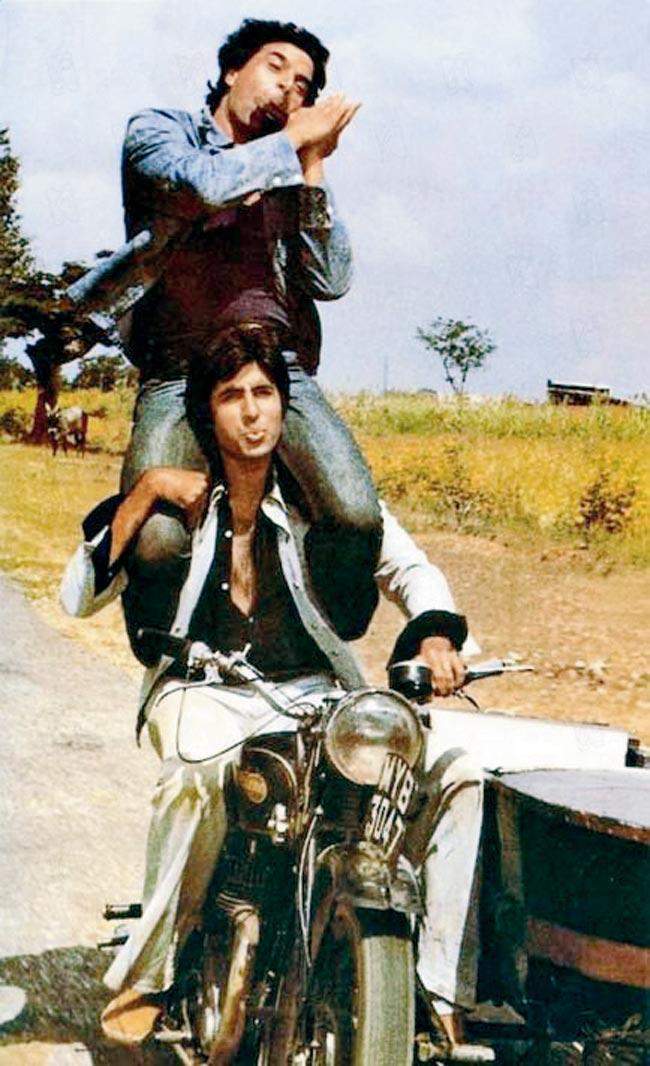
Sholay (1975) was the highest grossing Hindi film of all time for almost two decades
In 1975 came Sholay, the highest grosser of all time for almost two decades. Ramesh Sippy started to make the film with a budget of a crore, but spent an additional Rs 2 crore. Among the many things that made Sholay an expensive and challenging film to make was the number of extras and production people on set, believed to be the highest in Bollywood history. Sippy says, “There were more than 200 people on set at any given time. We had to build roads from scratch for many action sequences. The film ran for five years (amounting to Rs 15 crore gross) because there were no DVDs or video tapes or multiple screens at the time. If I release Sholay with 5,000 prints today, it’s never going to run for that long. Today a film will have to make at least Rs 1,500 crore to be equivalent to what Sholay made in its time.”
Sholay’s box office record was broken 19 years later by Hum Aapke Hai Kaun (1994), which earned approximately R69 crore.
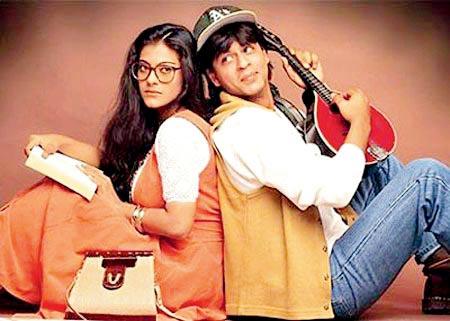
Dilwale Dulhaniya Le Jayenge (1995) set new box office and longevity records
Then came another monster hit, Dilwale Dulhaniya Le Jayenge. The film also marked the beginning of the end of the silver and golden jubilees. Very soon a new business model would redefine the industry, bringing in crores of money even though the film itself wouldn’t last at the theatre or in public memory beyond a few days.
The magic of multiplexes
Multiplexes and film studios changed the dynamics of the business. Increasing number of digital prints and extended weekend releases resulted in films raking in more moolah faster than expected.
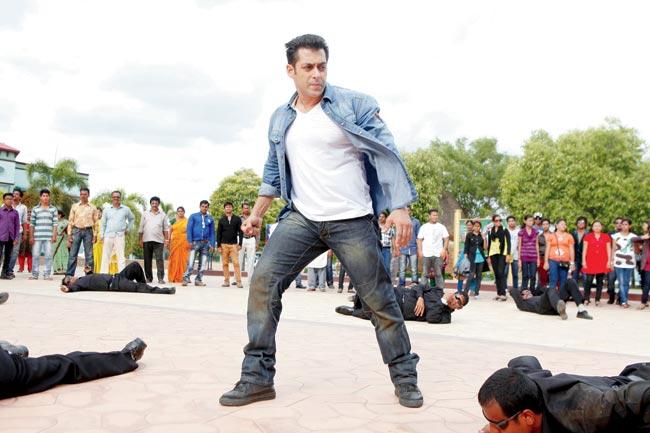
Salman Khan made his R100 crore even before Jai Ho hit screens
“Earlier, a film released in about 25 cinemas with four shows a day, making it 700 shows a week. Today if a film releases in 100 cinemas with 25 shows per day, that makes it 1,625 shows per week,” explains Nahata.
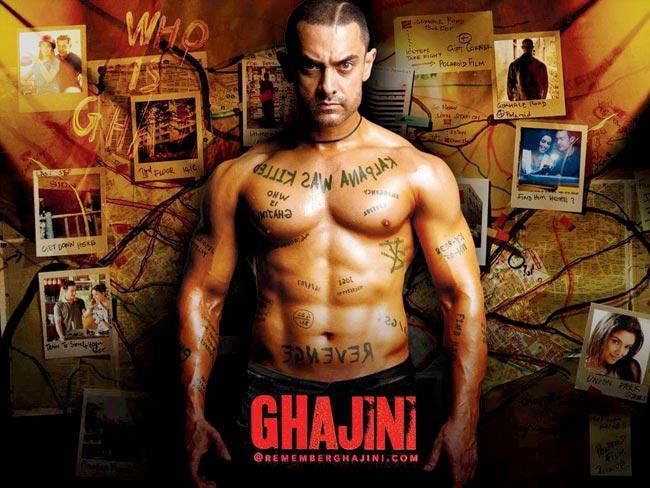
Aamir Khan’s Ghajini (2008) was the first 100-crore Hindi film
This and an aggressive marketing campaign paved the way for Aamir Khan’s Ghajini (2008) the first 100-crore film ever. The success of Ghajini was followed by 3 Idiots (2009), which garnered over R203 crore till Shah Rukh Khan’s Chennai Express broke this record, Aamir’s film Dhoom 3 broke the record again with over R400 crore.
But the winners are also the producers who make smaller budget films, and yet set cash registers ringing, leading to big profits.
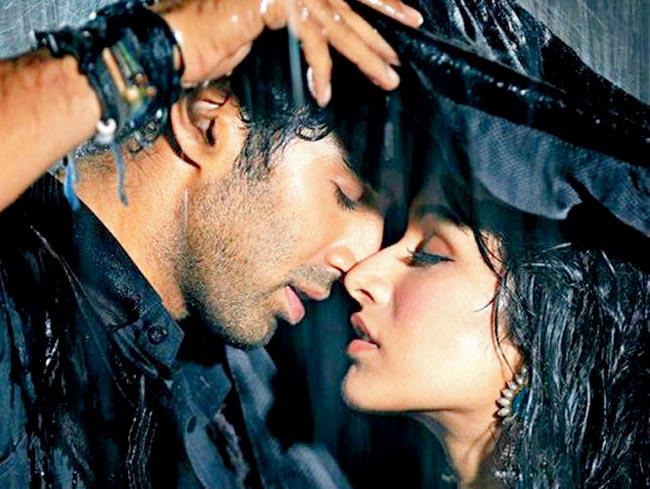
Aashiqui 2 was made with a modest budget of Rs 35 crore, and made almost Rs 100 crore
According to filmmaker Mahesh Bhatt, that is an important yardstick for measuring a film’s financial performance. Vishesh Films, owned by Mahesh Bhatt and his brother Mukesh, have adopted this prudent approach. Mahesh Bhatt says, “What gets lost in the hype over collections is profitability. The mindset is to make expensive, big budget films, but the actual profit of these films may not be very high. Unlike these, Aashiqui 2 was made with a modest budget of 35 crore, and yet made almost R100 crore.”
Filmmaker Shekhar Kapur says that in many ways, the most successful film in Bollywood history is Monsoon Wedding (2001). “That film was made within a crore and technically speaking is probably the most successful Indian film in years (it earned R180 crore overseas). But they are not the people who aspire to be part of the crore clubs.”
Interestingly, Kapur’s Water, being produced by Yash Raj Films, is said to be among the most expensive films to be made in India. “The budget will be not less than $150 million. At that rate my revenue should hit at least R5,000 crore,” says Kapur.
 Subscribe today by clicking the link and stay updated with the latest news!" Click here!
Subscribe today by clicking the link and stay updated with the latest news!" Click here!









